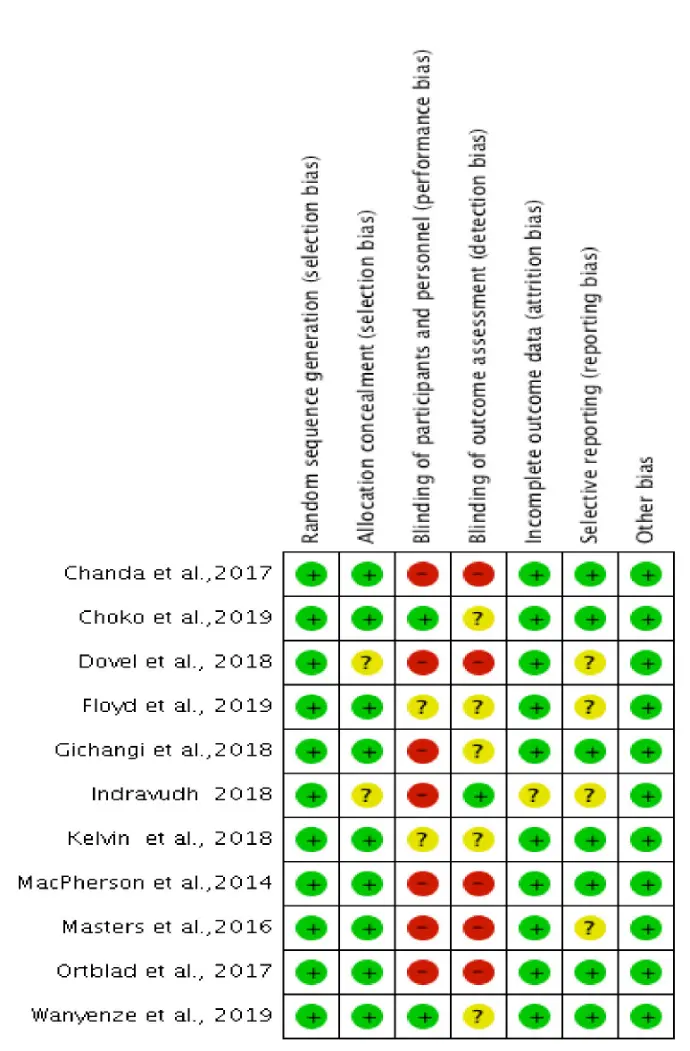HIV (Human Immunodeficiency Virus) remains one of the most studied viruses in medical science due to its impact on the immune system and its role in AIDS (Acquired Immunodeficiency Syndrome). Over the years, researchers have not only sought to understand and combat HIV but have also leveraged its unique properties for scientific advancements, particularly in gene therapy. One such development is Lenti-HIV, a modified version of the virus used in biomedical research and therapeutic applications.
What is HIV?
HIV is a retrovirus that primarily targets CD4+ T cells, a crucial component of the immune system. By integrating its genetic material into the host’s DNA, the virus hijacks cellular machinery to replicate, ultimately weakening the immune system. Without treatment, HIV can progress to AIDS, making individuals highly susceptible to infections and diseases that a healthy immune system would typically combat.
There are two main types of HIV:
- HIV-1: The most common and virulent strain responsible for the global pandemic.
- HIV-2: Primarily found in West Africa, this strain is less transmissible and progresses more slowly than HIV-1.
How HIV Works
HIV follows a unique lifecycle:
- Entry: The virus binds to CD4 receptors and co-receptors (CCR5 or CXCR4) on the host cell.
- Reverse Transcription: Its RNA is converted into DNA using reverse transcriptase.
- Integration: The viral DNA integrates into the host’s genome via integrase.
- Replication and Assembly: The host cell produces viral proteins and assembles new viral particles.
- Budding and Maturation: New virions are released to infect other cells.
Lenti-HIV: A Tool for Scientific Advancements
While HIV itself is a serious health concern, its lentiviral properties have been harnessed for groundbreaking research in gene therapy. Lenti-HIV refers to a modified version of HIV, known as a lentivirus vector, that is stripped of its pathogenic components while retaining its ability to integrate into host DNA. These engineered lentiviruses are widely used for gene therapy, vaccine development, and stem cell research.
Applications of Lenti-HIV in Research
- Gene Therapy: Lenti-HIV vectors allow scientists to introduce functional genes into human cells, potentially correcting genetic disorders like sickle cell anemia and cystic fibrosis.
- HIV Vaccine Development: Researchers use lenti-based vectors to create experimental vaccines that could help elicit an immune response against HIV.
- Cancer Research: Lentiviruses are used to deliver therapeutic genes to cancer cells, providing a promising avenue for targeted treatment.
- Neuroscience: Scientists use lentiviral vectors to study brain function and develop treatments for neurodegenerative diseases like Parkinson’s and Alzheimer’s.
Ethical Considerations and Safety Measures
Although Lenti-HIV vectors are valuable tools, their use must be carefully regulated to ensure safety. Researchers remove the virus’s ability to replicate autonomously, making these vectors non-infectious. Additionally, strict ethical guidelines and clinical trials govern their application in human therapy to minimize risks.
Conclusion
HIV remains a global health challenge, but the scientific community has made significant strides in managing and understanding the virus. Beyond its impact on public health, modified versions of HIV—specifically Lenti-HIV—have revolutionized gene therapy and biomedical research, offering hope for treating genetic disorders, cancers, and neurological diseases. As research progresses, the dual role of HIV as both a medical challenge and a scientific tool will continue to shape the future of medicine.
